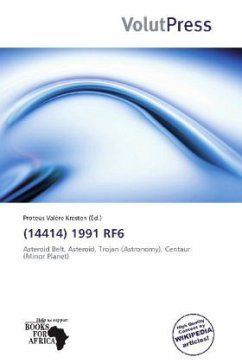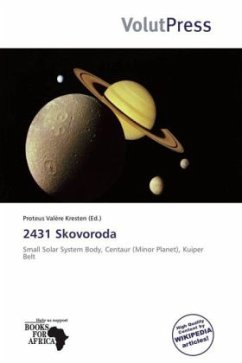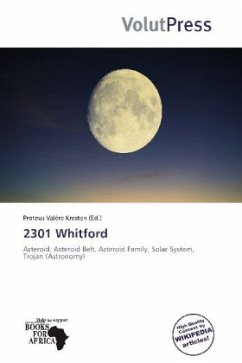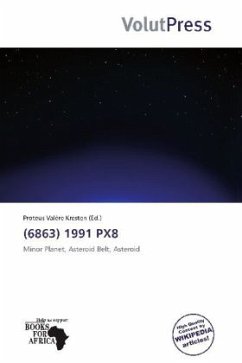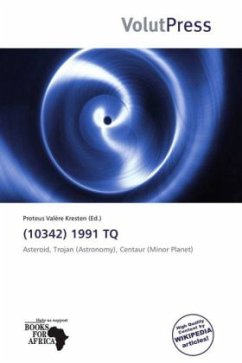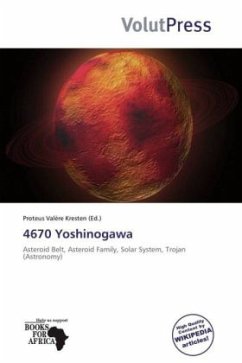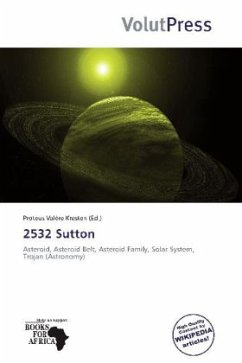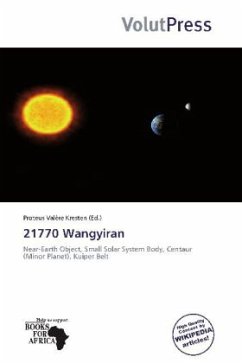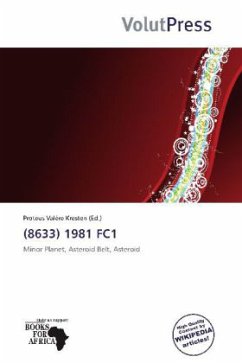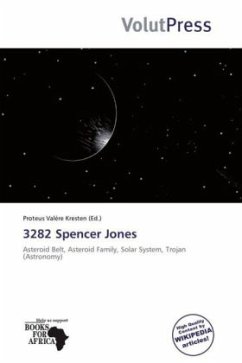
226 Weringia
Asteroid Family, Solar System, Trojan (Astronomy), Near-Earth Object
Herausgegeben: Valère Kresten, Proteus
Versandkostenfrei!
Versandfertig in 6-10 Tagen
32,99 €
inkl. MwSt.

PAYBACK Punkte
16 °P sammeln!
Please note that the content of this book primarily consists of articles available from Wikipedia or other free sources online. 226 Weringia is a typical main-belt asteroid. It was discovered by Johann Palisa on July 19, 1882. It was named after Währing, part of Vienna, the city where the asteroid was discovered. Asteroids (from Greek 'star' and 'like, in form') are a class of Small Solar System Bodies in orbit around the Sun. They have also been called planetoids, especially the larger ones. These terms have historically been applied to any astronomical object orbiting the Sun that did not s...
Please note that the content of this book primarily consists of articles available from Wikipedia or other free sources online. 226 Weringia is a typical main-belt asteroid. It was discovered by Johann Palisa on July 19, 1882. It was named after Währing, part of Vienna, the city where the asteroid was discovered. Asteroids (from Greek 'star' and 'like, in form') are a class of Small Solar System Bodies in orbit around the Sun. They have also been called planetoids, especially the larger ones. These terms have historically been applied to any astronomical object orbiting the Sun that did not show the disk of a planet and was not observed to have the characteristics of an active comet, but as small objects in the outer Solar System were discovered, their volatile-based surfaces were found to more closely resemble comets, and so were often distinguished from traditional asteroids.



